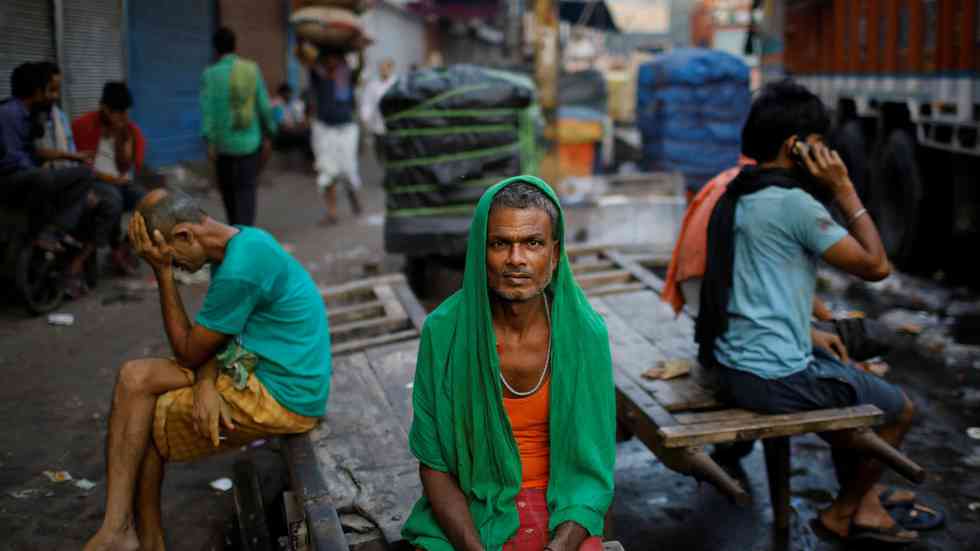India will send its Chandrayaan 3 orbiter to the Moon, hoping that it could further explore the Earth’s satellite later this year. The previous attempt failed after mission control lost contact with the Chandrayaan 2 rover.
Chandrayaan-3, India’s third lunar exploration mission, will attempt to land on the Moon again, Jitendra Singh, minister of state for department of space, confirmed Wednesday. “Yes, the [next] lander and rover mission will happen in 2020,” he told the media.
Singh said the new spacecraft will incorporate lessons learned during last year’s Chandrayaan 2 mission which attempted to deploy a lander called Vikram, but suddenly fell silent during hard touchdown “within 500m of the designated landing site.” However, Chandrayaan 2 can’t be seen as failure, the official explained.
There is no country in the world that has landed on its first attempt; the US took several attempts. But we will not need so many attempts.
Revealing some details about the mission, ISRO chief K Sivan said that Chandrayaan-3 – which is set to launch in November this year – will be similar to its predecessor. “In Chandrayaan-3, we will have landing and rover with propulsion module,” he said, adding, “this is going to be an eventful year for ISRO.”
India is striving to become the fourth country, after the US, USSR, and China, to land on the Moon. Chandrayaan 2 stands out from other missions, as it attempted to land at the little-explored South Pole. It was tasked with gathering data on the lunar surface, searching for water and minerals. Among other things, the mission’s goal was recording and measuring moonquakes.
